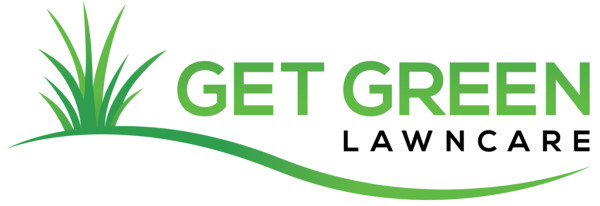As we are starting to visit clients and put down the first application of fertilizer and crabgrass preventative, let’s take a moment to talk about best practices for application of crabgrass pre-emergent.
For control of crabgrass, prevention is key! Crabgrass is difficult to manage after germination, involving regular spot treatment of plants after they are visible. Because this is much more labor intensive – and the plants are visible in your otherwise beautiful lawn before they can be treated – it is better to use preventive methods to keep your lawn clear.
Successful Prevention
What is considered successful prevention of crabgrass? This can be a subjective answer! After years of consistent treatment for almost any lawn, 100% crabgrass prevention is possible; however, the Purdue agronomic department defines successful prevention as less than 10% occurrence of crabgrass.
In order to achieve this level, it’s important to go into each year with the goal of reducing the population. If your lawn has been neglected and had a large population of crabgrass last season, it is probably unreasonable to expect a 10% population this season. Each plant deposits thousands of seeds per season, making it impossible to prevent all of them from germinating. But there are some things, culturally and chemically, that you can do to maximize reduction.
A Healthy Lawn
Crabgrass prevention is most dependent on one thing: a thick, healthy lawn. The more dense your turf is, the less room there is for not only crabgrass, but all other weeds to grow and spread. But how can you improve density in the lawn?
There are three parts to this answer: fill, feed, maintain.
- Fill: If you have any areas where bare soil is visible, it will be difficult to prevent crabgrass germination in these spots. Any bare area the size of your fist or bigger will need seed, or multiple seasons to fill in naturally.
- Feed: A good nutritional program of fertilizer and pro-biotic treatment will encourage good turf growth. This will also encourage filling of bare spots smaller than a fist.
- Maintain: Mowing your lawn at least 3 to 3.5 inches high helps shade bare soil from sunlight, making germination of all weed seeds less likely. When mowing, higher is better!
Pre-Emergent Methods
Even thick lawns are susceptible to crabgrass breakthrough, which is why you still need to use pre-emergents preventatives.
There are two approaches to applying pre-emergent products in the spring. The first is to apply a full rate at one time, once soil temperatures hit around 50 degrees. This is effective for about 90 days of protection.
The second approach is a split treatment, giving additional benefits. At Get Green, we apply a low rate on the first application, along with some fertilizer to help the lawn’s health as it comes out of dormancy. This prevents crabgrass germination when the soil reaches 50 degrees and seeds begin to sprout. We then apply another low rate on a second visit to boost the protection. The advantage to this split treatment is that it extends the window of protection. In my experience, there is much less crabgrass breakthrough in a wet summer using split treatment application.
Whatever you decide to do for crabgrass prevention in your lawn, be sure to get a pre-emergent down by late April. And most importantly, do everything you can to improve the density of your turf. Your lawn will thank you for it!
